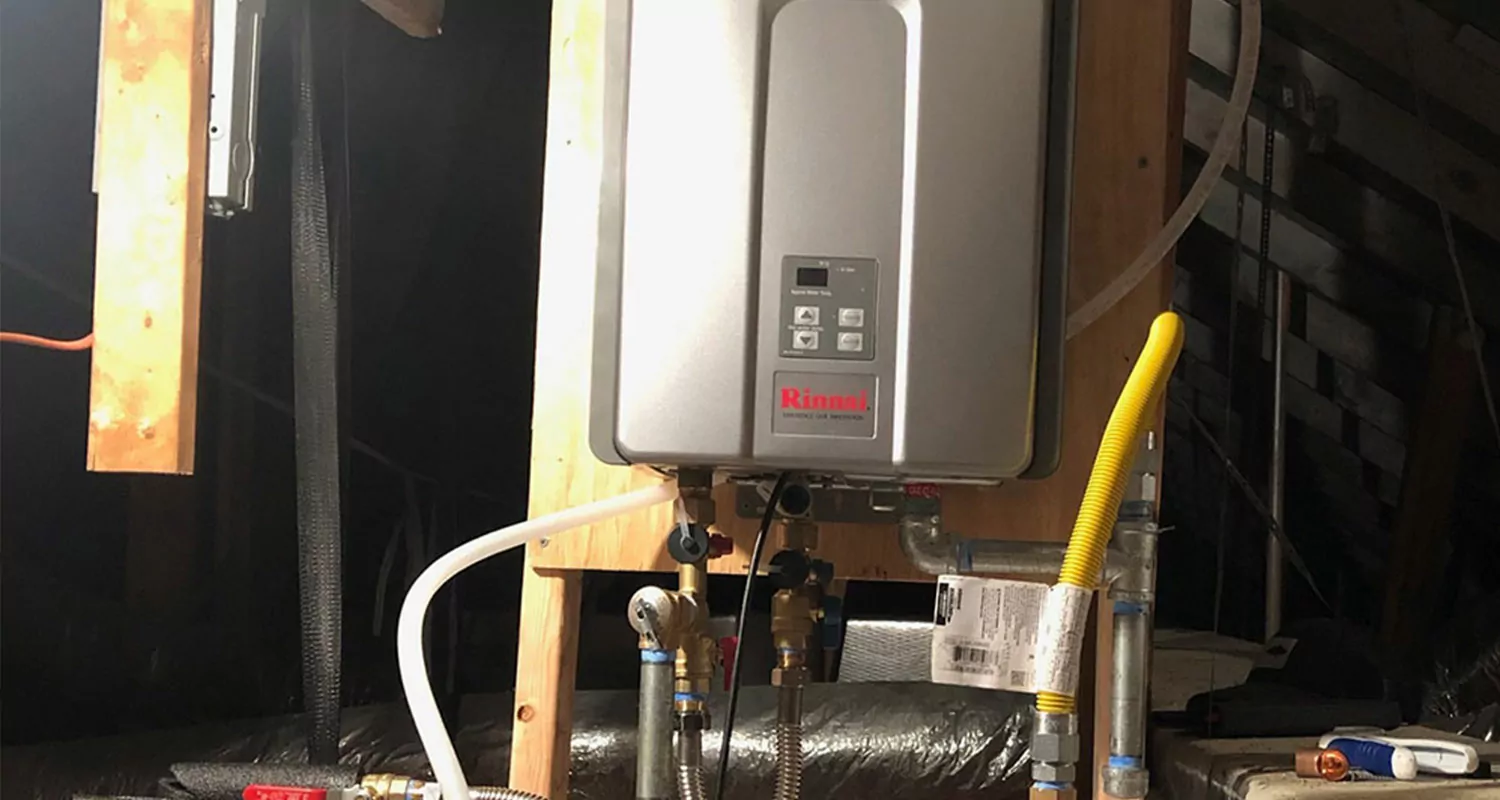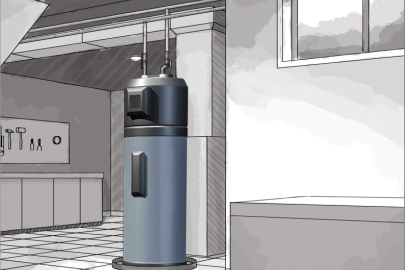Easy Ways to Care for Your Home's Hot Water System Effectively
Easy Ways to Care for Your Home's Hot Water System Effectively
Blog Article
We have found this article pertaining to How to Maintain a Hot Water Heater in a Few Simple Steps listed below on the net and think it made perfect sense to write about it with you in this article.

Warm water is essential for day-to-day comfort, whether it's for a revitalizing shower or washing meals. To guarantee your hot water system runs successfully and lasts longer, regular upkeep is essential. This write-up offers practical suggestions and understandings on exactly how to maintain your home's warm water system to avoid disturbances and costly fixings.
Introduction
Keeping your home's hot water system could seem complicated, but with a couple of simple actions, you can ensure it runs smoothly for several years to come. This overview covers everything from comprehending your warm water system to DIY upkeep tips and recognizing when to contact specialist assistance.
Importance of Preserving Your Warm Water System
Routine upkeep not only expands the life expectancy of your warm water system but also ensures it operates effectively. Ignoring maintenance can result in reduced effectiveness, higher energy costs, and also premature failing of the system.
Signs Your Hot Water System Requirements Upkeep
Knowing when your warm water system requires attention can stop major problems. Keep an eye out for signs such as irregular water temperature level, strange noises from the heating system, or rusty water.
Comprehending Your Hot Water System
Prior to diving right into maintenance tasks, it's handy to recognize the fundamental elements of your warm water system. Typically, this includes the water heater itself, pipes, anode poles, and temperature level controls.
Monthly Maintenance Tasks
Routine regular monthly checks can assist capture small issues before they intensify.
Flushing the Hot Water Heater
Purging your hot water heater removes debris buildup, enhancing effectiveness and extending its life.
Monitoring and Replacing Anode Rods
Anode rods stop deterioration inside the container. Inspecting and replacing them when worn is important.
Checking and Readjusting Temperature Level Setups
Adjusting the temperature settings guarantees optimal performance and safety.
Do It Yourself Tips for Upkeep
You can perform several maintenance tasks yourself to keep your hot water system in top condition.
Checking for Leaks
Routinely examine pipes and connections for leaks, as these can bring about water damages and higher bills.
Evaluating Pressure Relief Valves
Checking the stress safety valve ensures it functions correctly and avoids extreme stress build-up.
Shielding Pipes
Insulating hot water pipes decreases warm loss and can save power.
When to Call an Expert
While DIY upkeep is useful, some problems need professional knowledge.
Complex Issues Requiring Professional Help
Examples include major leaks, electrical problems, or if your water heater is consistently underperforming.
Routine Professional Upkeep Conveniences
Specialist upkeep can include extensive assessments, tune-ups, and making sure compliance with safety standards.
Verdict
Normal upkeep of your home's warm water system is vital for effectiveness, longevity, and cost savings. By adhering to these pointers and understanding when to seek professional help, you can make certain a trusted supply of warm water without unforeseen interruptions.
Water Heater Maintenance: The Basics
Maintaining your water heater will ensure it operates efficiently and has a longer lifespan. Neglecting regular maintenance can lead to costly repairs and an even bigger chunk of your savings if you have to replace it sooner than necessary. But there’s good news: Most water heater maintenance tasks are relatively simple and easy for homeowners with basic DIY skills.
Flush the Water Heater
Over time, sediment and minerals can build up in the tank, reducing its efficiency and potentially causing damage. To flush the tank, turn off the power or gas supply, attach a hose to the drain valve near the bottom and open the valve to drain the water until it runs clear. Ideally, flush the tank annually.
Replace the Anode Rod
The anode rod is a sacrificial metal rod that helps prevent corrosion inside the tank. Inspect and replace it every three to five years or per the manufacturer's recommendation. To replace the anode rod, turn off the power or gas supply, drain a few gallons of water from the tank, unscrew the old rod and replace it with a new one. If the anode rod is significantly corroded or covered in calcium buildup, it's a sign the water heater may need to be replaced soon.
Tune-Up
A yearly tune-up can help identify potential issues and ensure your water heater operates at peak efficiency. This typically involves checking the thermostat, burner assembly (for gas heaters) and any other components specified by the manufacturer. During a tune-up, the technician may also clean the burner and adjust the pilot light (for gas heaters) or examine the heating elements (for electric heaters).
How to Maintain Your Water Heater
Insulate the tank. Insulating the tank can improve energy efficiency and reduce heat loss, saving you money on energy bills. You can purchase precut insulation blankets designed specifically for water heaters or use standard fiberglass insulation wrapped securely around the tank. Check the temperature. The recommended water temperature for most households is around 120 degrees Fahrenheit (49 degrees Celsius). Higher temperatures can increase energy costs and potentially cause scalding. Use a kitchen thermometer to check the temperature at the faucet nearest the water heater. Monitor water pressure. Excessive water pressure can strain the water heater and cause leaks or even tank failure. Install a pressure-reducing valve if necessary. The ideal water pressure range is between 60 and 70 PSI (pounds per square inch). Test the temperature and pressure (T&P) relief valve. The T&P relief valve is a safety feature that releases pressure if the tank gets too hot or the pressure builds up too high. Test it annually by lifting the lever and allowing a small amount of water to release. Replace the valve if it doesn't release water or reseal properly. Check for leaks. Regularly inspect the tank, pipes and fittings for leaks or corrosion. Deal with issues promptly to prevent further damage. Even a small leak can lead to significant water damage over time. Consider a tankless water heater. If your traditional tank-style water heater is nearing the end of its lifespan ( typically 10 years), consider replacing it with a tankless water heater. These units heat water on demand, reducing standby energy losses and potentially saving you money on your energy bills. Schedule professional maintenance. While homeowners can perform many water heater maintenance tasks, it's still a good idea to schedule professional maintenance every few years. A plumber or HVAC technician can thoroughly inspect the unit, identify potential issues and ensure it operates safely and efficiently. https://www.homeserve.com/en-us/blog/home-improvement/hot-water-heater-maintanence/

We are very serious about Water Heater Maintenance Tips You Can't Afford to Forget and I really hope you appreciated my blog post. Sharing is caring. Helping people is fun. Many thanks for being here. Revisit us soon.
Article Report this page